
Staff members work on flu vaccines in Sinovac's vaccine R&D lab in Beijing. (CHINA DAILY)
As influenza viruses spread, vaccine makers in China are speeding up efforts to guarantee supply, in order to safeguard citizens during the ongoing flu outbreak.
The country reported 420 influenza outbreaks from Nov 27 to Dec 3, a more than 4,100 percent surge from last year during the same period, said the Chinese National Influenza Center.
To tackle the outbreaks, citizens have been advised to get vaccinated and take protective measures to prevent infections. To combat likely cross infections, several vaccine companies have also launched polyvalent vaccines.
According to a report by Everbright Securities and medical big data provider Pharmcube, Hualan Biological Bacterin Inc had issued 88 batches of quadrivalent flu vaccines by Dec 8, ranking first in terms of number.
Sinovac Biotech Co Ltd, Shanghai Institute of Biological Products Co Ltd, the Changchun Institute of Biological Products Co Ltd, Sanofi Pasteur, and the Wuhan Institute of Biological Products Co Ltd had issued 41, 37, 30, 25 and 21 batches, respectively, the report showed.
"So far, our production capacity and supply are sufficient," said Pearson Liu, senior brand director of Sinovac. "Apart from guaranteeing abundant vaccine supply to the country, we are also working with related institutions across China, using both online and offline channels, to raise public awareness about the illnesses."
Sinovac said during the high-risk season, flu often leads to secondary pneumonia infections, which can lead to serious complications.
For those aged over 60, protection is especially important, as once they are infected, apart from the possibility of being hospitalized, they may develop severe complications that could even result in death.
To tackle the problem, Sinovac said it offers the simultaneous administration of quadrivalent influenza split virion vaccine and 23-valent pneumococcal polysaccharide vaccine for adults aged 60 years and older, enhancing protection for the elderly.
The recent increase in respiratory illnesses in China has been driven by the simultaneous spread of multiple pathogens.
While influenza and rhinovirus are the most prevalent among toddlers aged 1 to 4, for children aged 5 to 14, influenza, mycoplasma pneumoniae and adenovirus are common infections, Wang Huaqing, chief immunization planning expert at the Chinese Center for Disease Control and Prevention, said during a recent news conference.
Adults below the age of 60 are also susceptible to rhinovirus and COVID-19 infections, while the elderly are prone to getting infected with human metapneumovirus, which causes symptoms similar to influenza, as well as regular coronaviruses, he said.
Industry experts said the COVID-19 pandemic has impacted people's overall immunity, which is declining.
During the recovery process, high incidence rates of influenza are a common phenomenon, resulting in surging demand for vaccines.
Vaccine manufacturers cannot blindly raise production to meet short-term spikes in demand. Instead, they should undertake flexible production schedules based on extant market demand to avoid an inventory backlog, said Huang Tao, an independent expert in public relations based in Xi'an, Shaanxi province.
"Vaccine companies may take advantage of technologies such as artificial intelligence, and previous experience, based on market demand and forecast, to adjust the production mechanism and improve output efficiency. This can help raise their output with appropriate resource inputs," Huang said.
"Meanwhile, they can work closely with suppliers and sales channel partners to work out reasonable production and supply plans to avoid an inventory backlog caused by overproduction," he said.
They should also enhance investments in research and development for new types of vaccines and treatment solutions, build their brand image to raise trust among consumers, and explore a wider range of destinations in international markets for their products, he added.









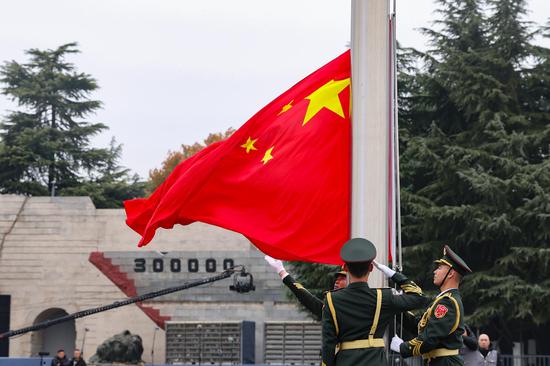

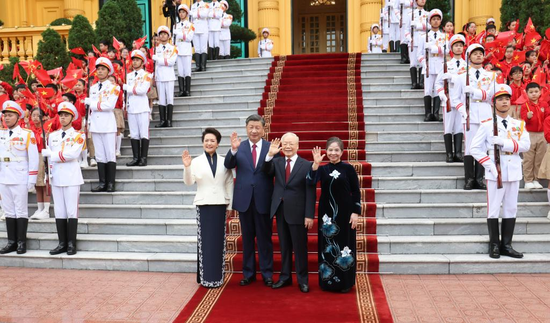

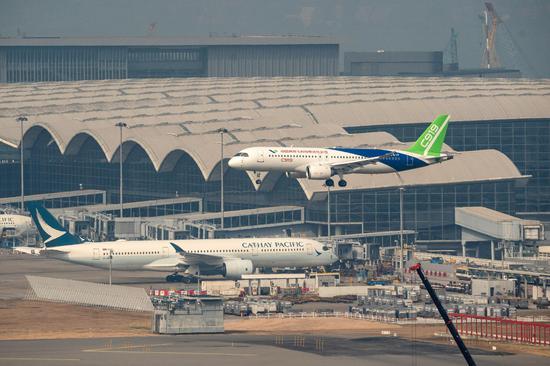
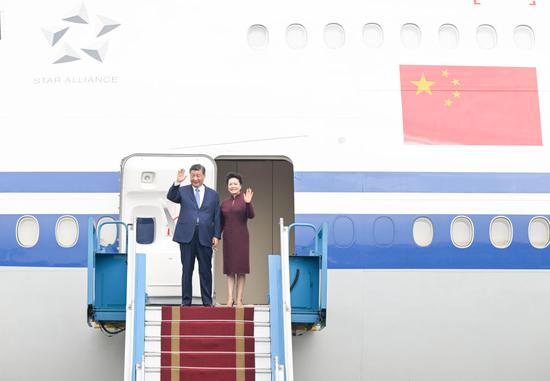
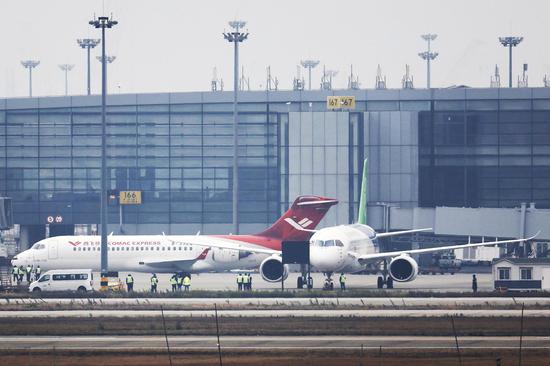
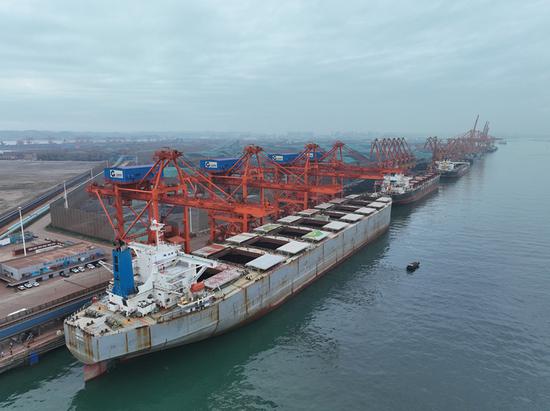


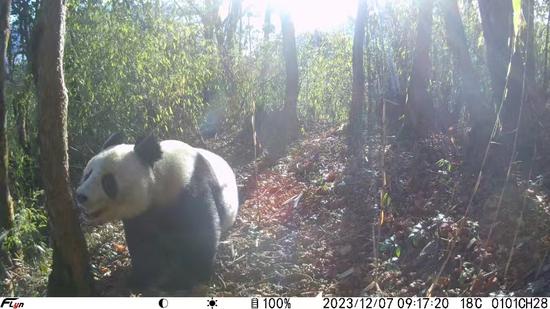


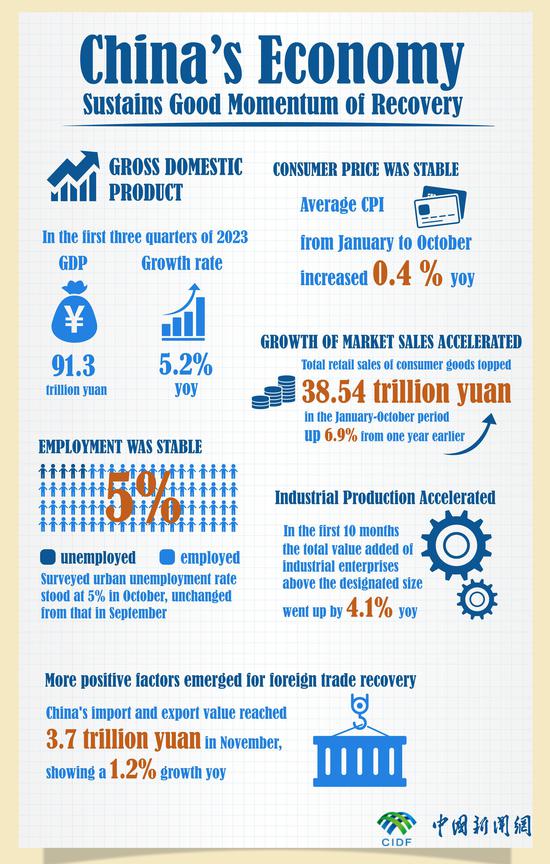
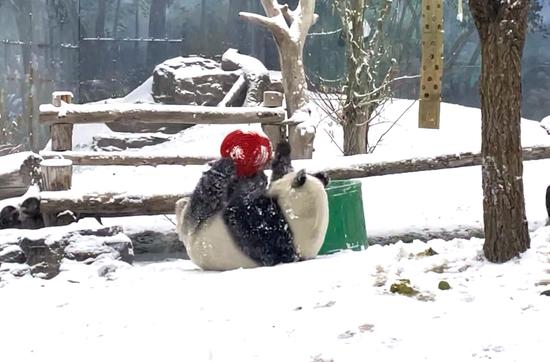

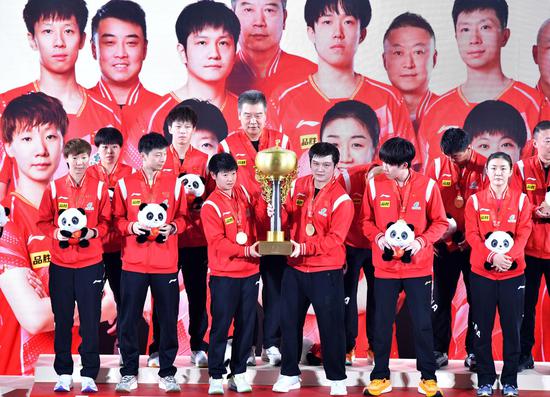
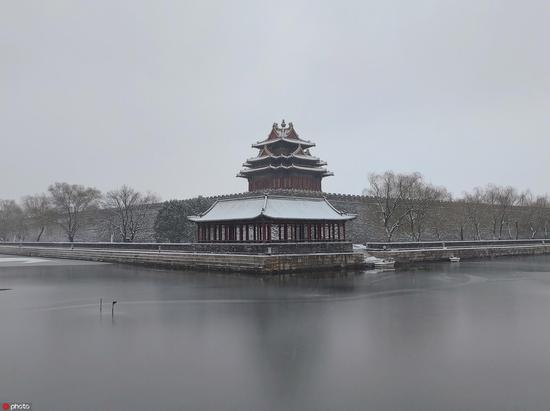

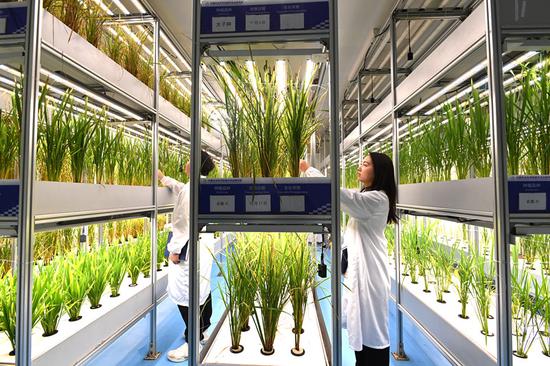
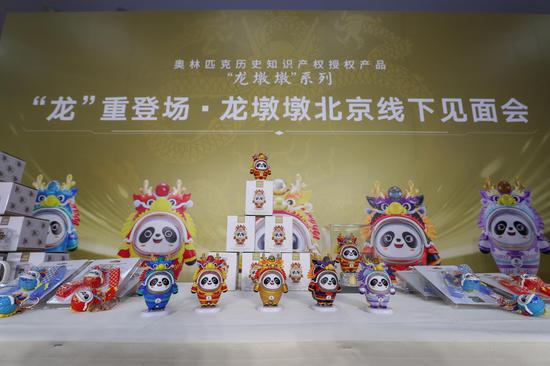


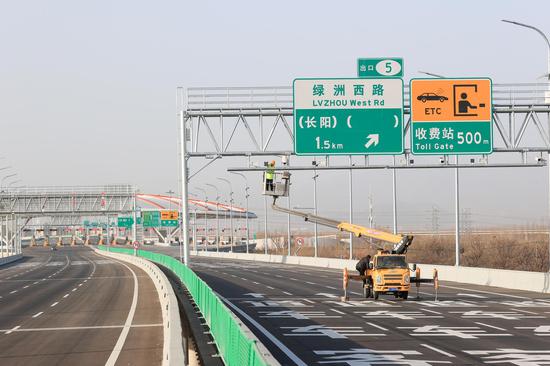







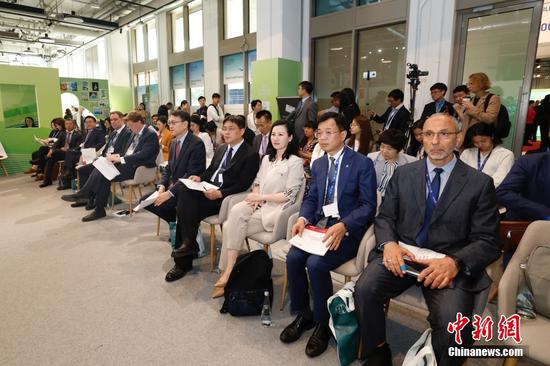
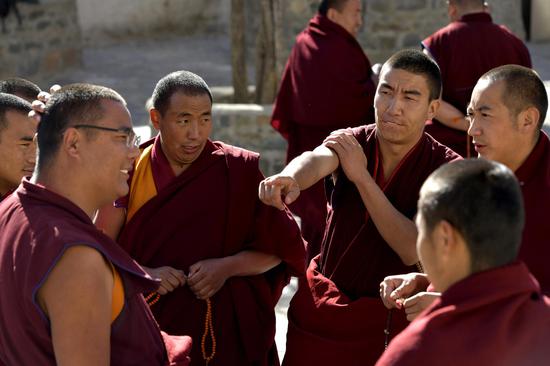

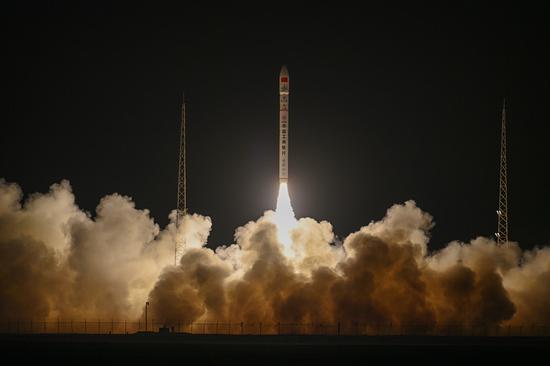






 京公网安备 11010202009201号
京公网安备 11010202009201号